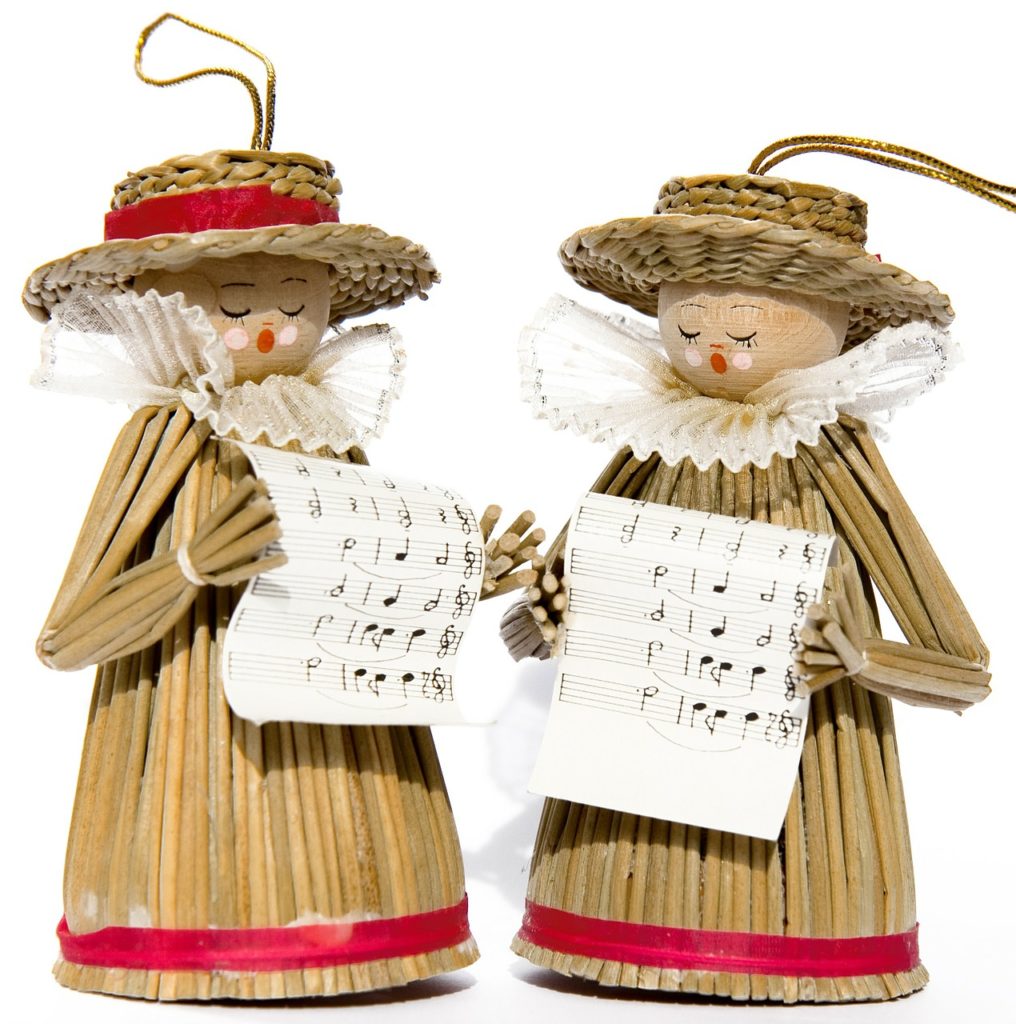Is there a difference in difficulty in singing specific vowels? Yes, some vowels will be easier to sing in tune, and others will be easier to sing with a strong tone. Click to understand why there is a difference in difficulty for singing specific vowels, and how to do something about it. Estimated reading time 5 minutes.
Read More

